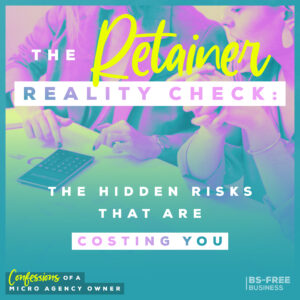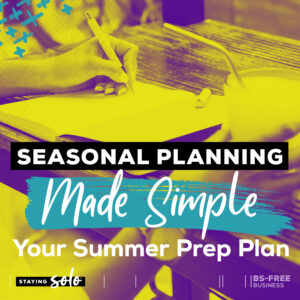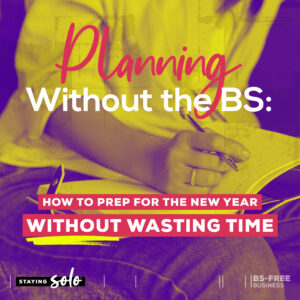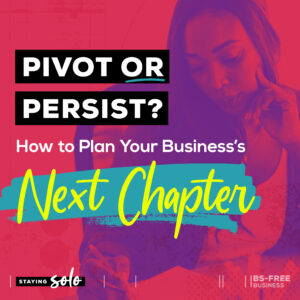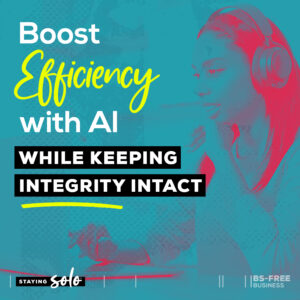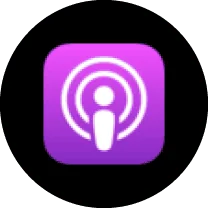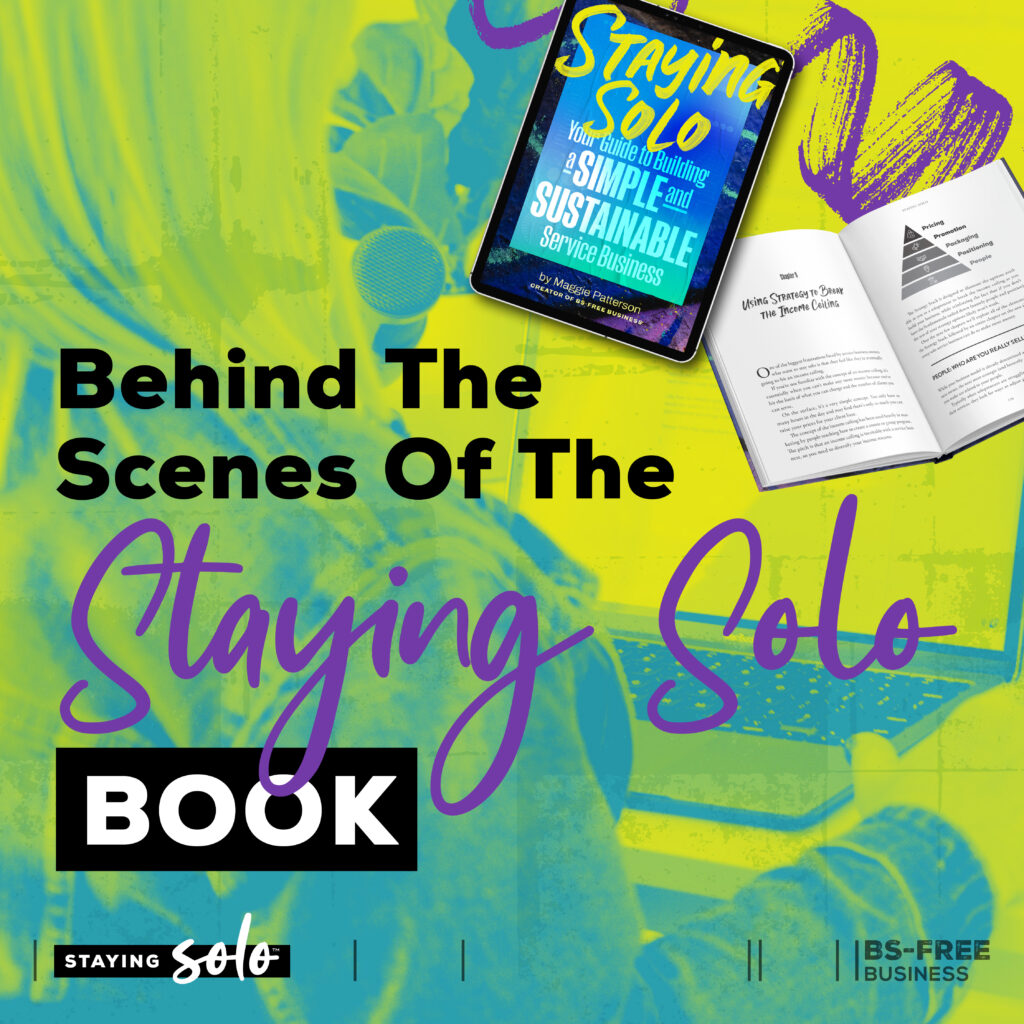
Search the site:
Behind the Scenes of the Staying Solo Book
Do you know what’s wild? I’ve been podcasting for 11 years, writing for even longer, and yet the minute I decided to write a book, I suddenly lost my shit over people reading my work.
Like, hello? I’ve been putting my words out into the world forever. But nope—apparently, a book is different. And, honestly, it is.
So today, we’re going beyond the book—what it took to write Staying Solo®, how I got it done, and what I learned along the way. Spoiler: It took forever. I questioned everything, and somehow, I’m already thinking about the next one.
Let’s get into it.
The Origin Story: Why This Book?
I’ve worked with solo service business owners for years, and I’ve always known they were wildly underserved.
Most business advice out there? It’s not meant for them. I knew I was onto something when I finalized the Staying Solo Framework. But when I introduced it, the response was immediate—people said, “Yes, this is what I need.” I knew pretty quickly this couldn’t just be a podcast series or another blog post.
Fast-forward a few months, I was away with two business friends when they looked at me and said, “So, when are you writing a book?”
After years of talking about it, I finally said, “Alright, it’s time.”
The reason it had to be a book? There was just so much to say. The idea of staying strategically small isn’t discussed much in the entrepreneurial world.
Solo business owners—especially service-based ones—feel a lot of pressure to grow, but the reality is that most businesses are one-person businesses. There was a giant gap in the market, and I knew I could fill it.This book is for the business owner who’s done with the hustle, tired of being disrespected for not wanting a big team, and over the usual business advice that just doesn’t fit.
I wanted to give them a real, practical guide for how to grow their way—without all the BS that usually gets thrown at them.
The Writing Process: The Good, The Bad and The WTF Moments
I started with a rough outline based on the Staying Solo Framework, knowing I had to do the work upfront to structure it. But I didn’t put too much pressure on writing in order—I let myself jump around.
And then? I went all in for NaNoWriMo in November 2023 and wrote my first 50,000 words. Many of those words never saw the light of day, but they gave me a foundation.
From there, I kept plugging away, doing a writing retreat with friends and a three-day solo writing retreat to really focus. The rest of the book got squeezed into random moments—between client work, running a business, and, you know, having a life.
From start to finish, the writing took about eight months.
The easiest part? Writing about the Staying Solo Framework—it’s something I’ve talked about forever. The hardest? Breaking down why entrepreneurship is so messed up without it turning into an unhinged rant. I had to back up my arguments with research, which took more effort than expected. (So many citations, and thanks to Ella and Isabel for handling all of these.)
And yeah, right before sending it to my developmental editor, I hit that “I should just scrap the whole thing” moment. I was so sick of the book by then. But I pushed through.
The most ridiculous part was my anxiety about people reading my work. I’ve been podcasting and blogging for more than a decade, and people have read and heard my words forever.
And yet, because it was a book, my brain decided to freak out.
The Editing & Publishing Experience
Some of my early drafts? Had to go. I was starting to sound like I was writing my PhD thesis.
When I reread certain sections, it was apparent they needed to be cut. I didn’t want to read them, so why would anyone else?
A bright spot was that editing wasn’t nearly as painful as I thought, and honestly, it was reassuring to see that my writing didn’t suck. Big thanks to my editor Kris Emery, and my proofreader, Sarah Bones for making this less intimidating.
Again, why did a book feel so different from everything else I write? No clue.
As for publishing, I went the self-publishing route because I know what traditional publishing requires, and frankly, I don’t have the massive platform they expect for a non-fiction book.
I didn’t want to wait years to get this into the world. Honestly, I just wanted to keep all the swearing and not have to soften my opinions or advice.The biggest challenge of the entire process has been how long the post-writing process has taken. Editing, citations, early readers, revisions, proofreading, design—it’s been as long as writing the book.
But I left plenty of time because I’m running two businesses, and this book is NOT my business. I wanted to do it, but it’s not a money-making machine. That said, I’m excited to share my work in a new way.
What I Wish I Knew Before Writing a Book
If I could give myself one piece of advice (or to anyone writing a book), it would be that it will take longer than you think, and way more people will read your work before it’s out in the world.
I learned that if you have a body of work—blog posts, podcasts, whatever—you already have much to work with. Now, I see how my existing content can be repurposed into future books.Would I do it again? Absolutely. I already plan to write another nonfiction book, but I have three fiction ideas brewing, so we’ll see what happens.
Maybe that’s a 2026 project.
If you’re thinking about writing a book, just know it won’t write itself. The number of times I wished it would magically appear in my hands? Too many to count.
I had to sit down and write, revise, and revise again. But now that I’m holding a printed book? Damn. I feel legit and fancy.
What’s Next?
While writing this book, I rebranded this podcast to Staying Solo, and that’s a huge part of my work now.
Solo service business owners are my people, and I want to keep serving them.
If you’re wondering how to support Staying Solo®, first, thank you for asking! The best thing you can do is buy and share the book.
Buy one for a friend, post about it, and leave a review—every little bit helps more solo business owners find it.
You can grab your copy anywhere books are sold, and if you’ve already read it, I’d love to hear your thoughts.
Join the Book Launch Team:
Want to help spread the word? I’m gathering a crew of solo business owners who believe in this message and want to help make Staying Solo a movement.
As a launch team member, you’ll receive behind-the-scenes updates and ways to share the book with your audience, including images, social media posts, done-for-you emails, my speaking/podcast topics, and anything else that will help.
If you have a podcast, invite me to be on your show!
Send a DM:
Connect with me on Instagram to share your biggest takeaway from this episode or the book. I’d love to hear from you.
Thanks for being here and letting me take you beyond the book!
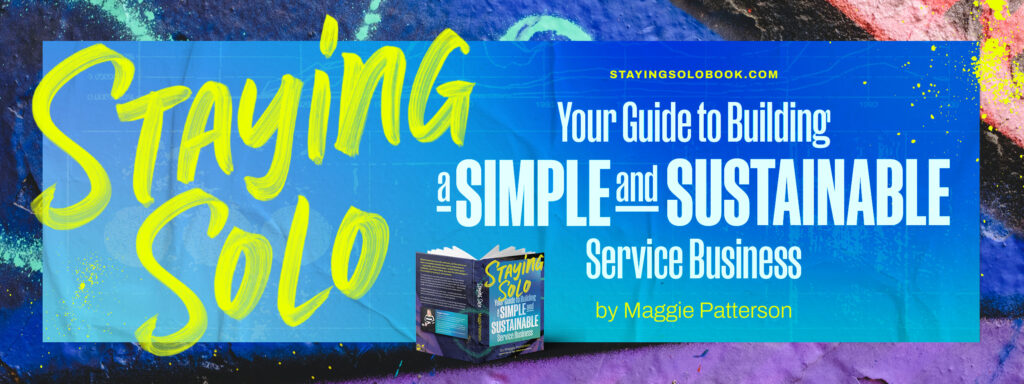
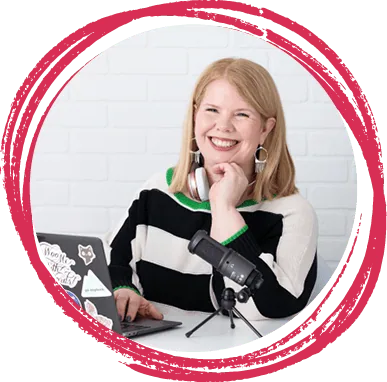
I’m Maggie Patterson (she/her), and services businesses are my business.
I have 20+ years of experience with client services, am a consultant for agency owners, creatives, and consultants, and vocal advocate for humane business practices rooted in empathy, respect, and trust.
Read or Listen to the Latest
Check Out These Posts
For Solo Business Owners

Growing a solo service business is tough.
It’s even harder when you’re bombarded with BS advice that steers you away from your values and why you started your business in the first place.
This is the podcast for solo creatives and consultants who want to remain as a team of one and have zero interest in the hustle and grind of typical business teachings.
Subscribe now and never miss an episode.
For Micro Agency Owners
Most podcasts for agency owners obsess over revenue growth as the ultimate success metric.

But here’s the truth: not everyone wants to make millions. Your goal might be to build a sustainable business that lets you have a life and doesn’t run you into the ground.
Join me as I spill my shameless confessions and share everything I’ve learned about building a micro agency that skips the BS of tired and typical agency teachings.
Follow Now on All Major Podcast Platforms
